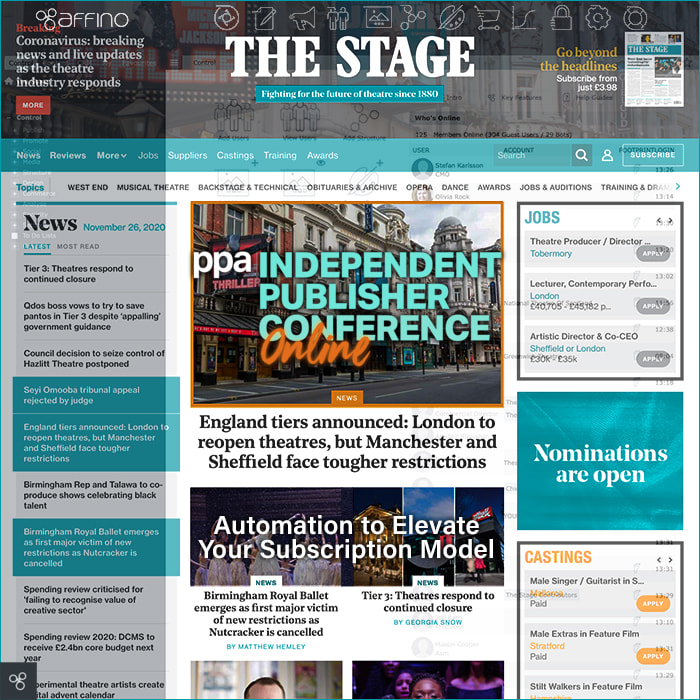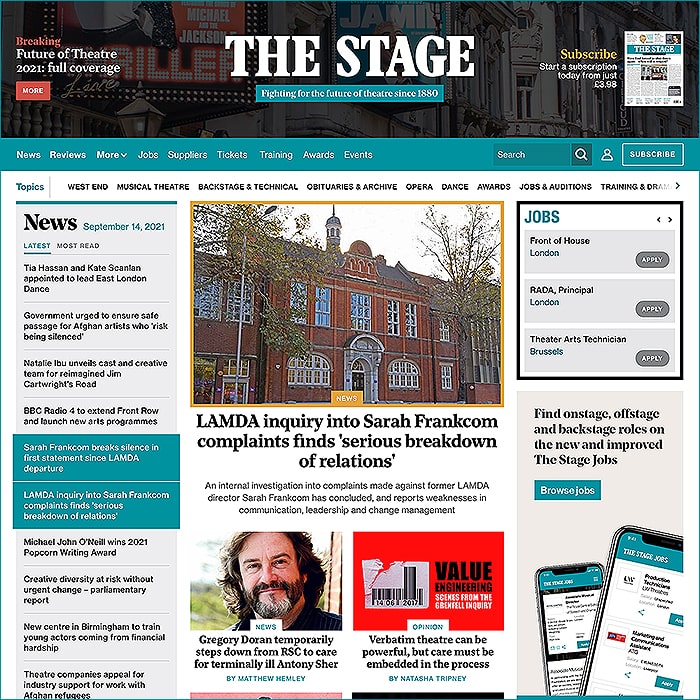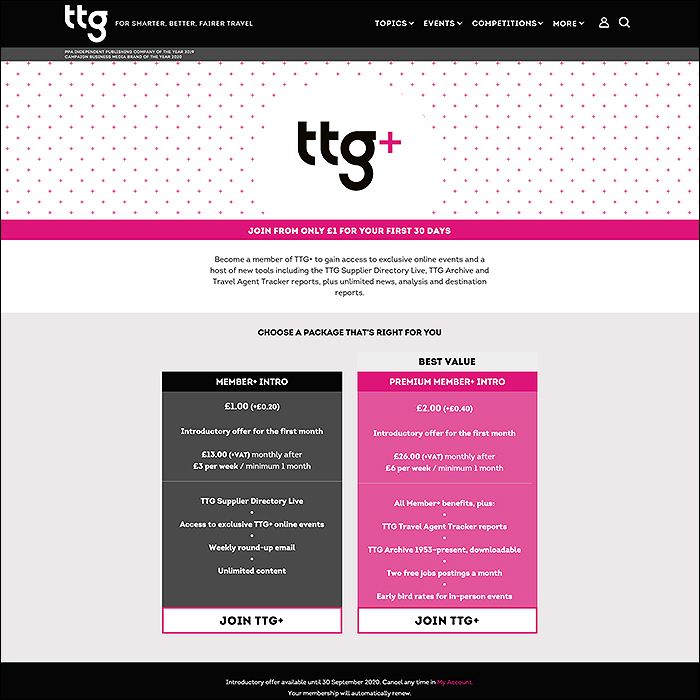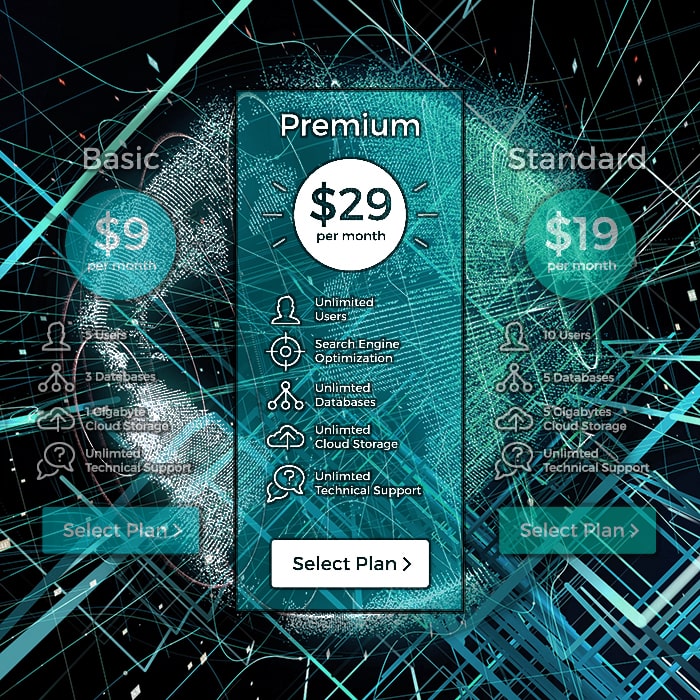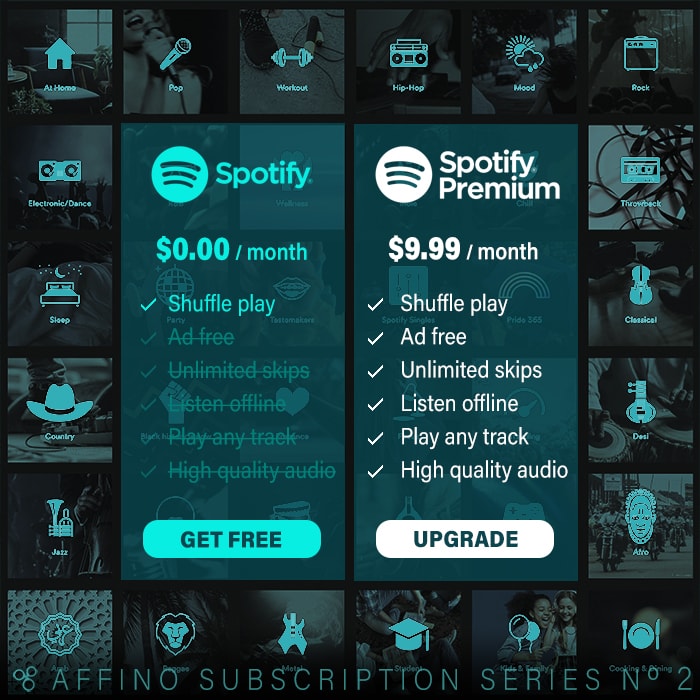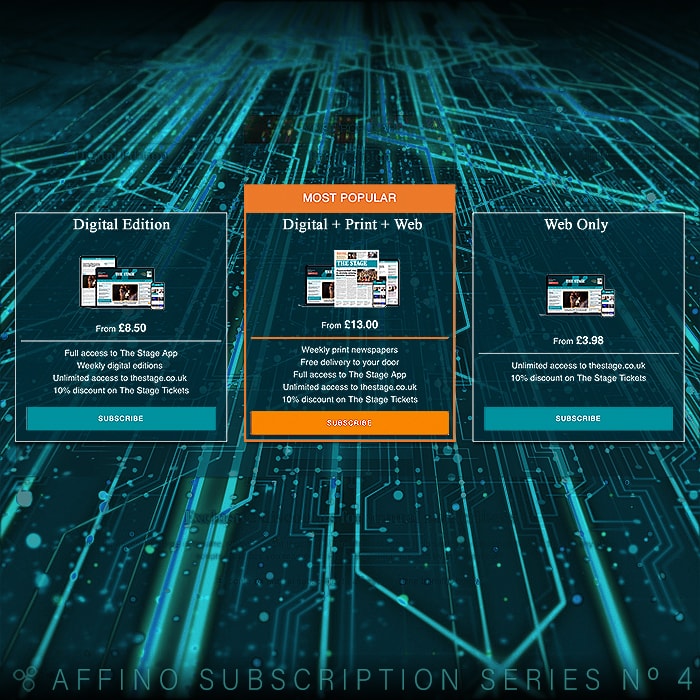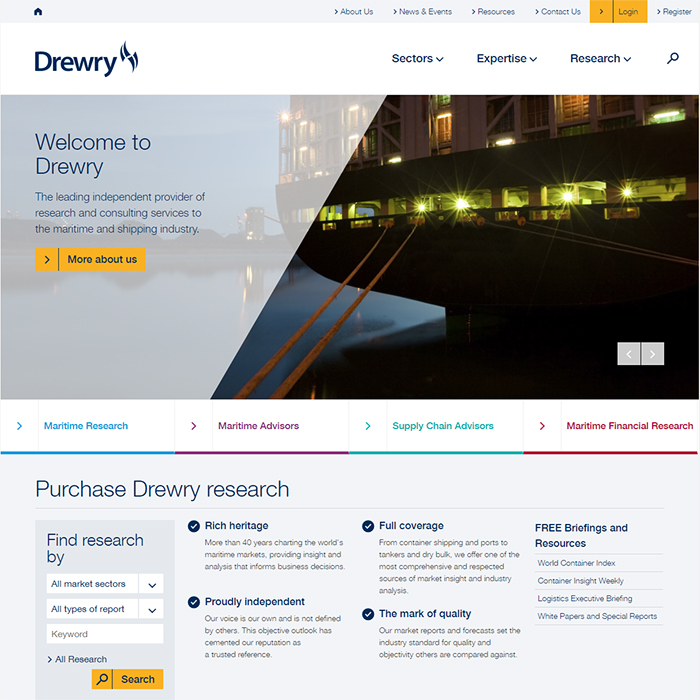How to Improve and Leverage your Subscription and Membership Experiences

The most successful subscription and membership companies have a continuous improvement process in place. This means that every year, and more typically every quarter, they review the audience’s engagement with their services and look to add further value where it will have the most impact.
Some of this is simply incremental improvements and updates, e.g. updating the directories to be current for the year, quarter, month, or real-time depending on what frequency is best. Adding a new webinar, round table or awards series. Or refreshing the data products already in place.
Other updates might be more revolutionary and require more significant investments, e.g. developing a new professional e-learning series, or a specialist toolkit which provides targeted features which are highly appealing to your community, e.g. dietary and supplement database for a catering community or specialist procurement maturity tools to a procurement leader community.
Manage and respond to the expectations of the early adopters
Be responsive to early adopters, and make them aware that they are greatly valued, and are in turn getting great value from your early adopter rates.
It is important to identify which members are outliers, and which will form the core members of your engaged subscriber and member community. This shapes who’s feedback you prioritize when evolving your service in the early days, weeks and months.
If possible, put in place an advisory committee from the most relevant community members, as well as key stakeholders and influencers. This can be a tricky proposition, but when done well gives invaluable insight and can act as an effective influencer motivating catalyst.
Have regular round tables (including virtual ones) so that your members can individually and collectively feedback on what is, and is not working from your services. Use this qualitative feedback to further shape your offering, in particular with adding further value with which to delight your audience.
In the case of B2C subscriptions use member surveys with appropriate rewards, and where possible a higher level of communication and surveying for a smaller part of the audience across the engaged, marginal, and disengaged segments to understand what is and isn’t working for you and them.
You will need to be clear that it is early days, and be prepared that you will get some drop-off from the early adopters who realise the service is not for them. You can then use that to better shape your offering to either improve on it, and to improve your targeting and conversion when selling the service.
Onboarding your initial paying subscribers
A number of recent studies have indicated that 90% of the renewal decision making process happens within the first 90 days. For a newly introduced paid for subscription service it is crucial that you therefore introduce it as such, and ensure that your initial cohort is regularly checked in on during the initial period, whether it be in person, through your community spaces, surveys, or through the support and customer service channels.
An important part of the process is to set up the onboarding automation so that your new paying users are alerted to your services’ key features. The starting point is a welcome screen that they hit once they register, or make the subscription purchase online. Alternatively, if it is a corporate sale, you can send a welcome email and direct them to the targeted welcome screen.
Capturing the users’ interests and permission at the outset is also key, ensuring that new users update their details and provide you with at least a basic set of interests can go a long way towards better shaping the experience for them.
Use the personalization and message automation capabilities of your platforms to show relevant content, events, data and networking opportunities to your member cohorts throughout. The key to success here to make sure that it is targeted at each cohort, and their level of engagement, rather than generic information and message blasts.
If it’s a corporate sale, you might want to explore offering multi-year memberships at a locked in rate during this early period for accounts in which you notice high levels of engagement.
Use the individual and account management level intel tools to identify how high-value customers are using the service, and reach out to them to directly add further value as needed to get deeper engagement.
Retention - use the data but be careful with sharing
One of the primary benefits of delivering a digital service is the volume of data and insight you can get on your audience.
It is crucial to use this data to inform your retention strategy, but be very careful how you share it with them.
Customers can find it unnerving if you have too much data on them, so also be careful to not over-capture and retain data that is too personal, or simply not needed. This is of particular importance where they now have the legal rights to request this data in many legal jurisdictions.
The most useful data is that which shows you whether or not a subscriber, be it an individual or a corporation with 5,000 client access licenses, is under or over engaging with you.
If you have sold a corporate subscription for 100 members and only 10 are regularly using your services, then you need to focus on driving up the engagement prior to any retention sale.
If you have sold one for 10 members but 100 individuals from the organization are highly engaged with your content, events, mailing lists, or data services, then that is a strong opportunity to grow the account.
Evolving the subscriptions and membership services
Start off with early adopter pricing, make it clear that it is time limited and that it will increase as the service matures.
With any subscription and membership offering Kanban, i.e. continuous value add and improvement, is essential, and the basis on which you can progressively introduce new service tiers and add value to existing ones to maximize retention rates.
Identifying what your audience is willing to pay you for is the single most important R&D role you will have as a membership provider. There are likely to be a number of experiments which will fall short, but if you’ve done your research well you will have a number which will also stick and lead to new, deeper and broader service offerings.
A solid target is to grow your membership 30% per year and to grow the member revenues from each member organization by 30% in the early years.
Add value through partnerships
Partnering with experts, consultancies, associations and other media, event and data service providers can also add a great deal to your service offering and audience engagement since they will be promoting it through their own networks and engagements.
Affino Subscription and Membership Insight Series
This insight piece is one of a series where we explore creating new subscription and membership offerings, rolling them out and then growing them over time.
- Developing a Subscription and Membership Offering
- Migrating from Free to Paid Subscriptions and Memberships
- How to Improve and Leverage Your Subscription and Membership Experiences
- Key Affino Subscription and Membership Tools
For a more in-depth conversation please reach out either to myself of Jonathan Collins, your project manager, alternatively you can reach through the forums to your support team.
Did you find this content useful?
Thank you for your input
Thank you for your feedback
Featured Blogs
The Future of Music 2025
Upcoming and Former Events
Affino Innovation Briefing 2024
Webinar - Introduction to Affino's Expert AI Solutions - Session #2
Webinar - Introduction to Affino's Expert AI Solutions - Session #1
PPA Independent Publisher Conference and Awards 2023
Affino Contacts

Markus Karlsson

Quang Luong

Stefan Karlsson
Meetings:
Google Meet and Zoom
Venue:
Soho House, Soho Works +
Registered Office:
55 Bathurst Mews
London, UK
W2 2SB
© Affino 2024


